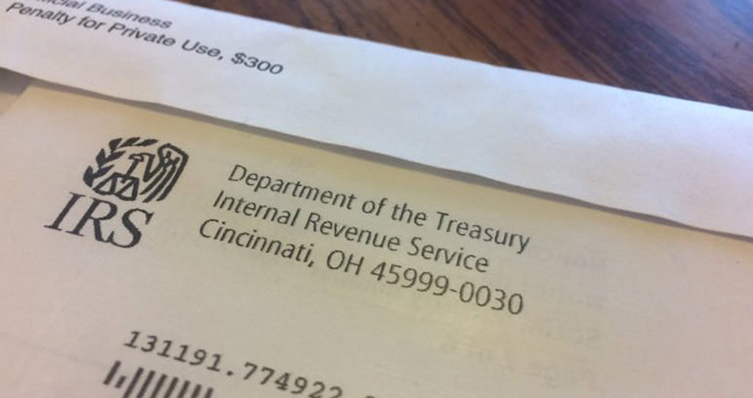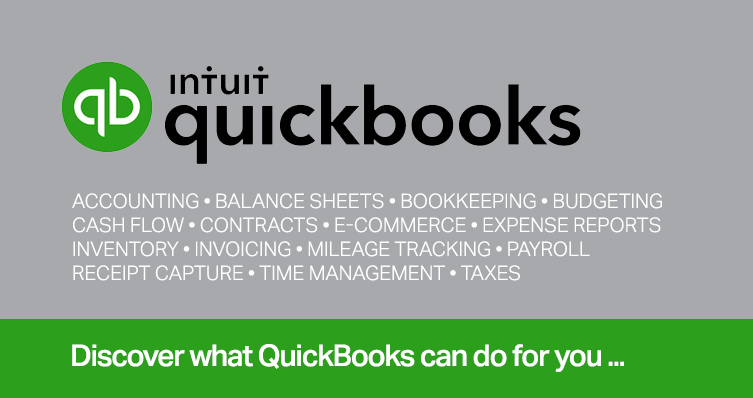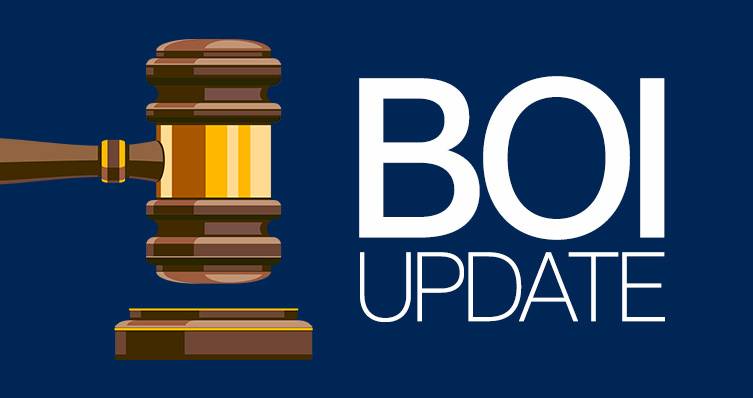Now that your 2024 tax return is likely filed and ready to process, it can be tempting to clear out old tax paperwork and delete digital files. Before you do, remember that some of those documents still have two important purposes:
- Protecting you if the IRS comes calling for an audit
- Helping you prove the tax basis of assets you’ll sell in the future.
Keep the return itself indefinitely
Your filed tax returns are the cornerstone of your records. But what about supporting records such as receipts and canceled checks? In general, except in cases of fraud or substantial understatement of income, the IRS can only assess tax within three years after the return for that year was filed (or three years after the return was due). For example, if you filed your 2022 tax return by its original due date of April 18, 2023, the IRS has until April 18, 2026, to assess a tax deficiency against you. If you file late, the IRS generally has three years from the date you filed.
In addition to receipts and canceled checks, you should keep records — including credit card statements, W-2s, 1099s, charitable giving receipts, and medical expense documentation — until the three-year window closes.
However, the assessment period is extended to six years if more than 25% of gross income is omitted from a return. In addition, if no return is filed, the IRS can assess tax any time. If the IRS claims you never filed a return for a particular year, a copy of the signed return will help prove you did.
Property and investment records
The tax consequences of a transaction that occurs this year may depend on events that happened years or even decades ago. For example, suppose you bought your home in 2009, made capital improvements in 2016, and sold it this year. To determine the tax consequences of the sale, you must know your basis in the home — your original cost, plus later capital improvements. If you’re audited, you may have to produce records related to the purchase in 2009 and the capital improvements in 2016 to prove what your basis is. Therefore, those records should be kept until at least six years after filing your return for the year of sale.
Retain all records related to home purchases and improvements even if you expect your gain to be covered by the home-sale exclusion, which can be up to $500,000 for joint return filers. You’ll still need to prove the amount of your basis if the IRS inquires. Plus, you don’t yet know what the home will be worth when it’s sold, and there’s no guarantee the home-sale exclusion will still be available in the future.
Other considerations apply to property that’s likely to be bought and sold — for example, stock or shares in a mutual fund. Remember that if you reinvest dividends to buy additional shares, each reinvestment is a separate purchase.
Duplicate records in a divorce or separation
If you separate or divorce, be sure you have access to tax records affecting you that your spouse keeps. Or better yet, make copies of the records since access to them may be difficult. Copies of joint returns filed and supporting records are important because both spouses are liable for tax on a joint return, and a deficiency may be asserted against either spouse. Other important records to retain include agreements or decrees over custody of children and any agreement about who is entitled to claim them as dependents.
Protect your records from loss
To safeguard records against theft, fire, or another disaster, consider keeping essential papers in a safe deposit box or other safe place outside your home. In addition, consider keeping copies in a single, easily accessible location so that you can grab them if you must leave your home in an emergency. You can also scan or photograph documents and keep encrypted copies in secure cloud storage so you can retrieve them quickly if they’re needed.
© 2025 KraftCPAs PLLC
See a full list of valuable documents to keep and those that can be discarded.











